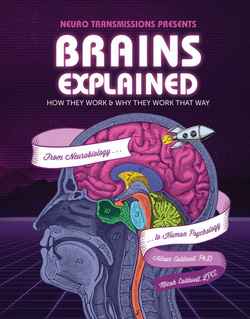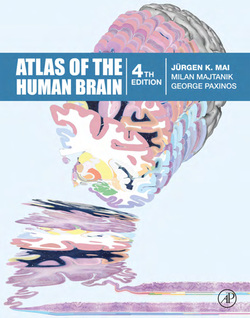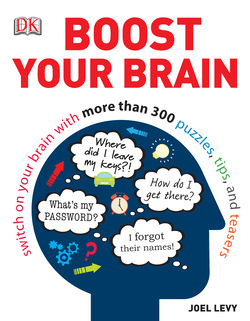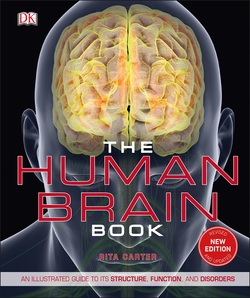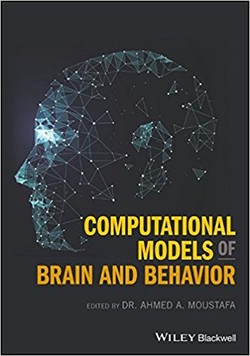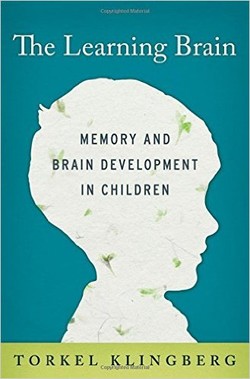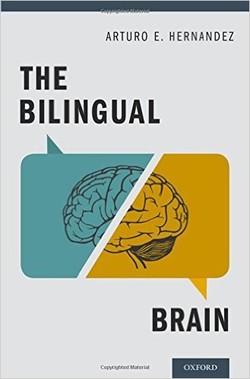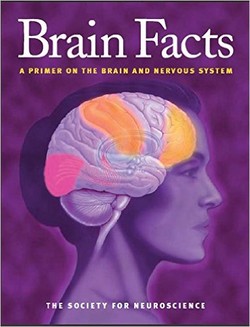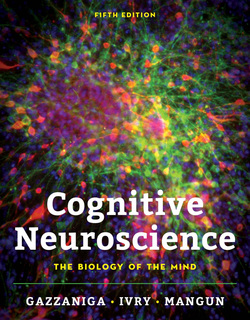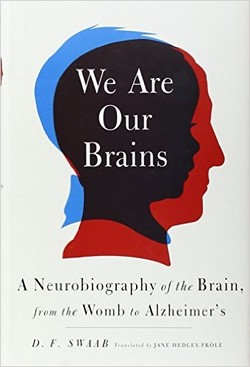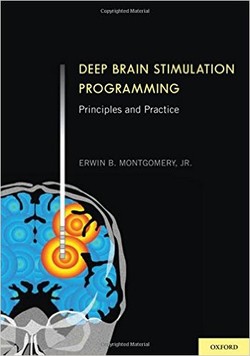Neuroeconomics ،neuromarketing neuroaesthetics و neurotheology تنها تعداد کمی از رشتههای جدید هستند که از ترکیب دانش قدیمی و کشفیات اخیر درباره چگونگی عملکرد مغز الهام گرفته شدهاند.
این کتاب به ما محل دقیقی که یک فکر و احساس خاصی و یا حتی عشق رخ میدهد را نشان میدهد. ازاینرو ما را به باور اینکه می توانیم مستقیما کار مغز را بدون وساطت مشاهده کنیم هدایت میکند.اما آیا این امر واقعا امکانپذیر است؟
این کتاب تاثیرگذار توسط دو تن از باتجربهترین روانشناسان نوشته شده است که سولات جدید کتاب در زمینه تصویربرداری از مغز، فکر را تحریک میکند. و درباره بعضی از ایدههای آشنا درزمینه روابط ذهن و جسم، ذهن و روان و طبیعت و فرهنگ به بحث میپردازد.
این کتاب به ما محل دقیقی که یک فکر و احساس خاصی و یا حتی عشق رخ میدهد را نشان میدهد. ازاینرو ما را به باور اینکه می توانیم مستقیما کار مغز را بدون وساطت مشاهده کنیم هدایت میکند.اما آیا این امر واقعا امکانپذیر است؟
این کتاب تاثیرگذار توسط دو تن از باتجربهترین روانشناسان نوشته شده است که سولات جدید کتاب در زمینه تصویربرداری از مغز، فکر را تحریک میکند. و درباره بعضی از ایدههای آشنا درزمینه روابط ذهن و جسم، ذهن و روان و طبیعت و فرهنگ به بحث میپردازد.
سال انتشار: 2011 | تعداد صفحات: 176 | حجم فایل: 1.16 مگابایت | زبان: انگلیسی
Neuromania: On the limits of brain science
نویسنده:
Paolo Legrenzi,Carlo Umilta,Frances Anderson
ناشر:
Oxford University Press, USA
ISBN10:
0199591342
ISBN13:
9780199591343


